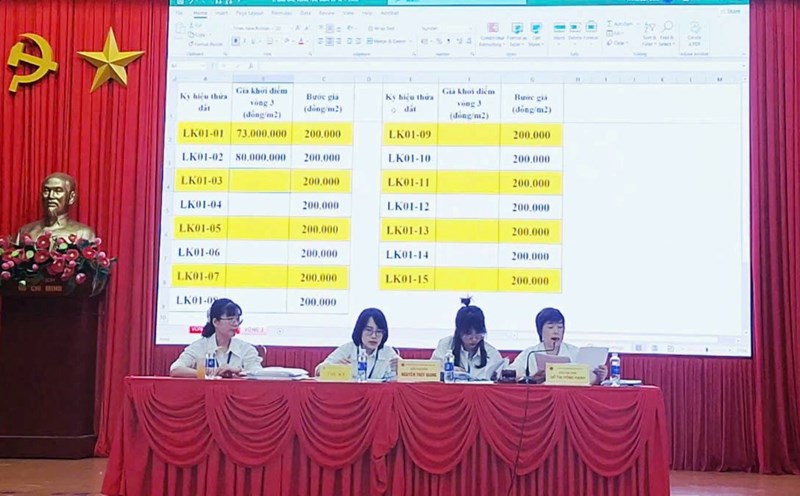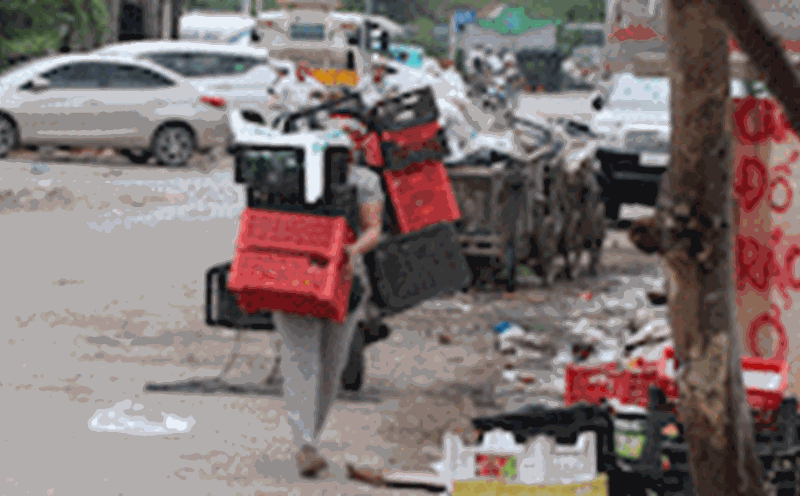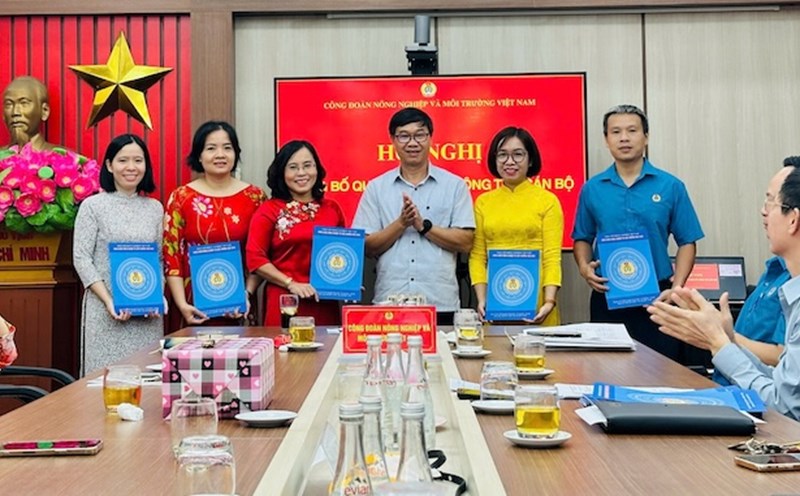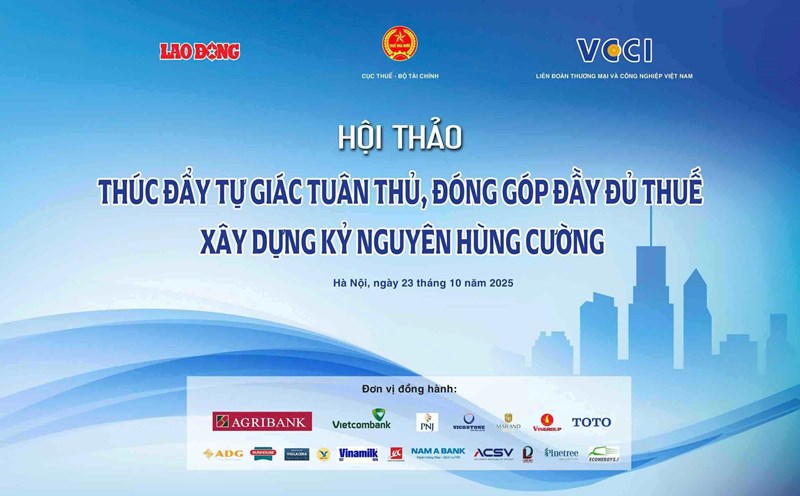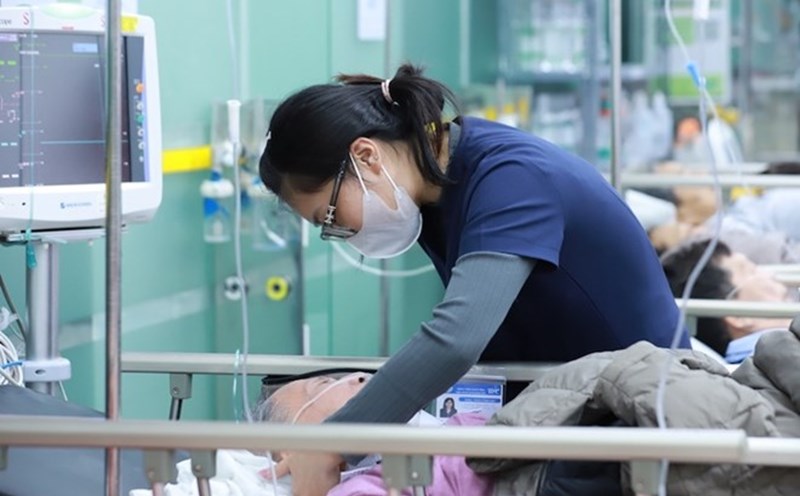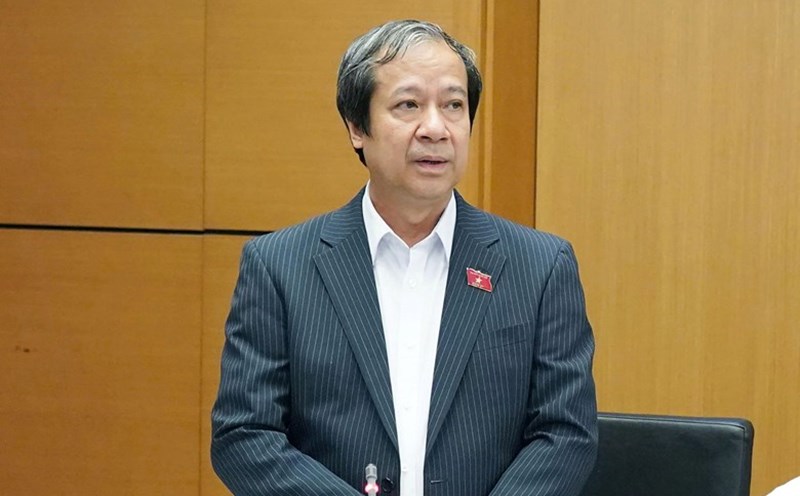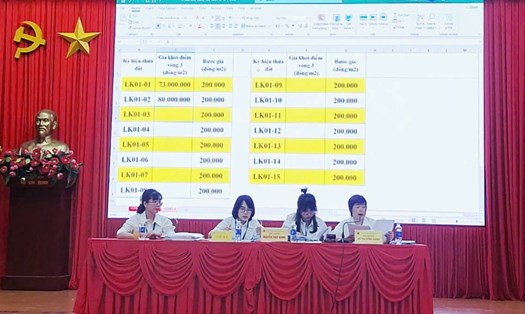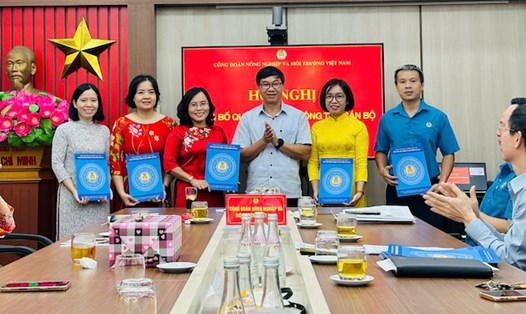Hanoi aims to meet the food needs of 10 million people
On October 22, the Hanoi Department of Agriculture and Environment held a workshop on "Solutions for controlling food quality, safety, transparency of information on the origin in the production, processing, processing, and consumption of agricultural, forestry and fishery products".
Speaking at the opening of the workshop, Mr. Nguyen Thanh Trung, Deputy Head of the Department of Quality and Market Development, emphasized that Hanoi is one of the three leading cities in the country in terms of production scale and amount of agricultural, forestry and fishery products consumed, with a large, synchronous and modern distribution network.
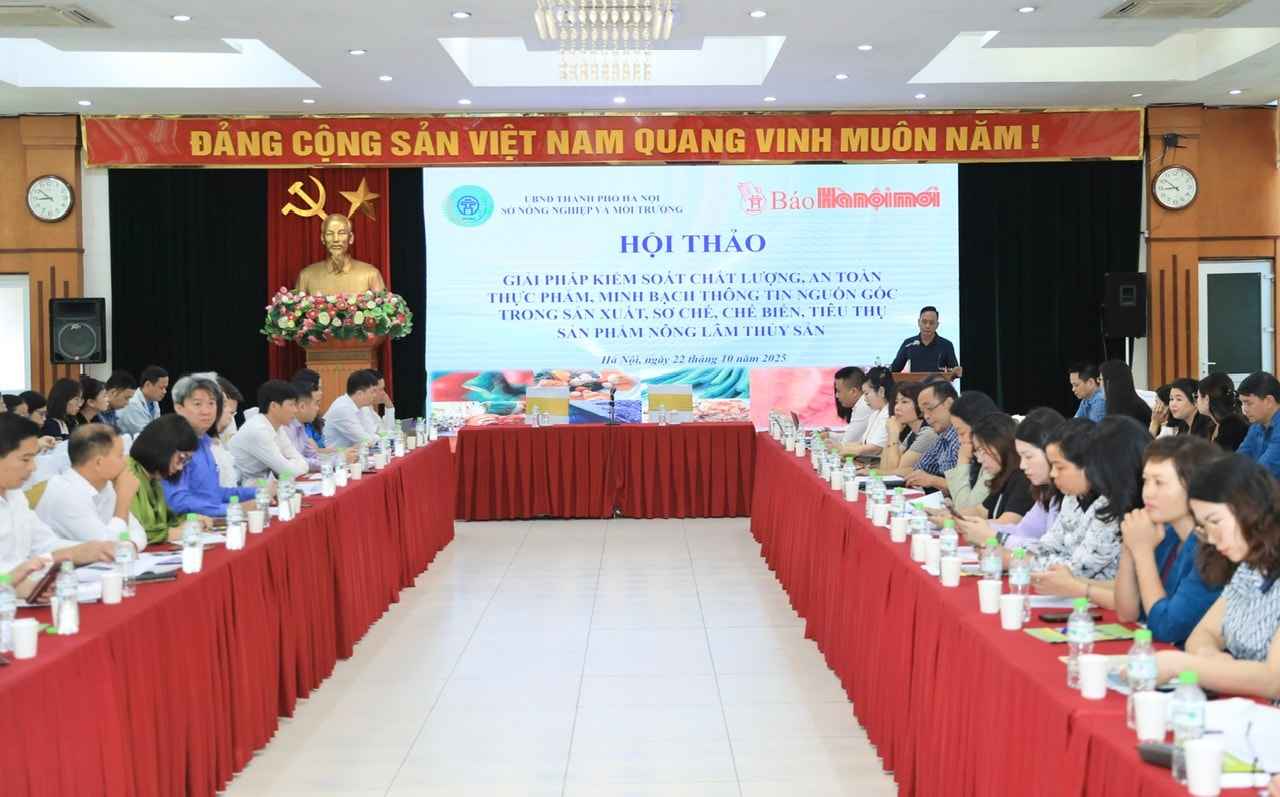
Currently, Hanoi has a rice growing area of 155 thousand hectares, a vegetable growing area of 33 thousand hectares, a perennial herd of 24 thousand hectares, a herd of 1.25 million pigs, and a flock of 36 million poultry. The city develops concentrated agricultural production areas including 35 rice areas, 104 vegetable areas, 56 fruit growing areas, 66 aquaculture areas, 128 concentrated livestock areas and has more than 11,000 establishments for the production, processing and trading of agricultural, forestry and aquatic products and 250 export enterprises in this field.
However, the output of some agricultural, forestry and fishery products has not yet fully met the needs of more than 10 million people living and working in the area. The missing goods are connected, exploited from other provinces and cities and imported from abroad.
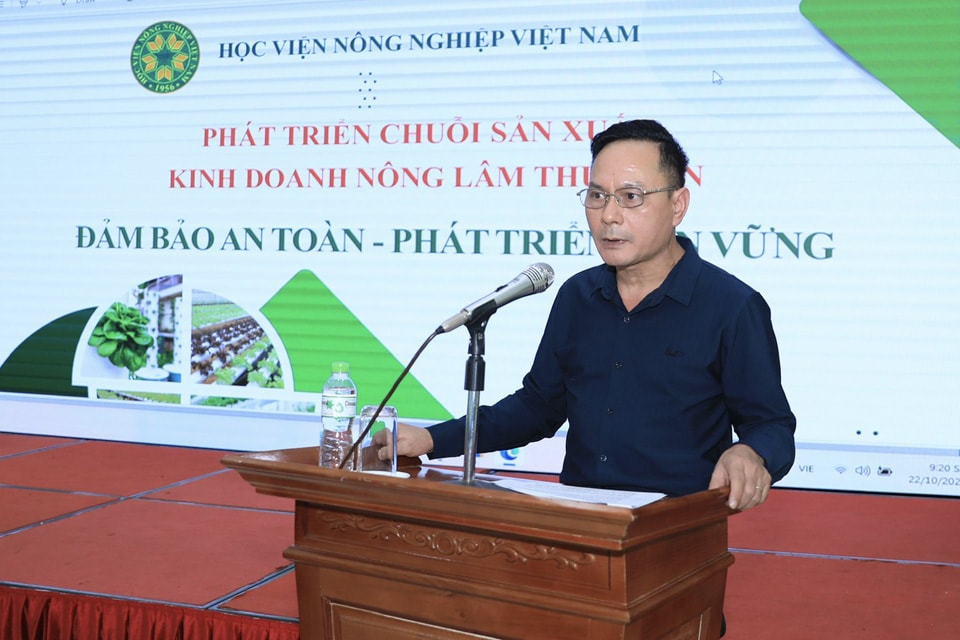
Therefore, to ensure the supply of agricultural products to the Hanoi market, it must rely on three sources: First is that Hanoi produces and distributes it itself; second is that it is provided by provinces and cities; and third is from imported sources, Mr. Trung said.
Control food safety with electronic check-ups
According to information from the National Center for Codes and Barriers, up to now, 24 provinces and cities after the arrangement of administrative units have built and put into operation a traceability system; 13 provinces and cities have implemented technical connections with the National Product and Goods Traceability Information Portal. Currently, 4 localities have connected and synchronized data to this Portal, along with 11 solution providers who have successfully connected. Hanoi is one of the leading localities in deploying electronic lines to trace the origin.
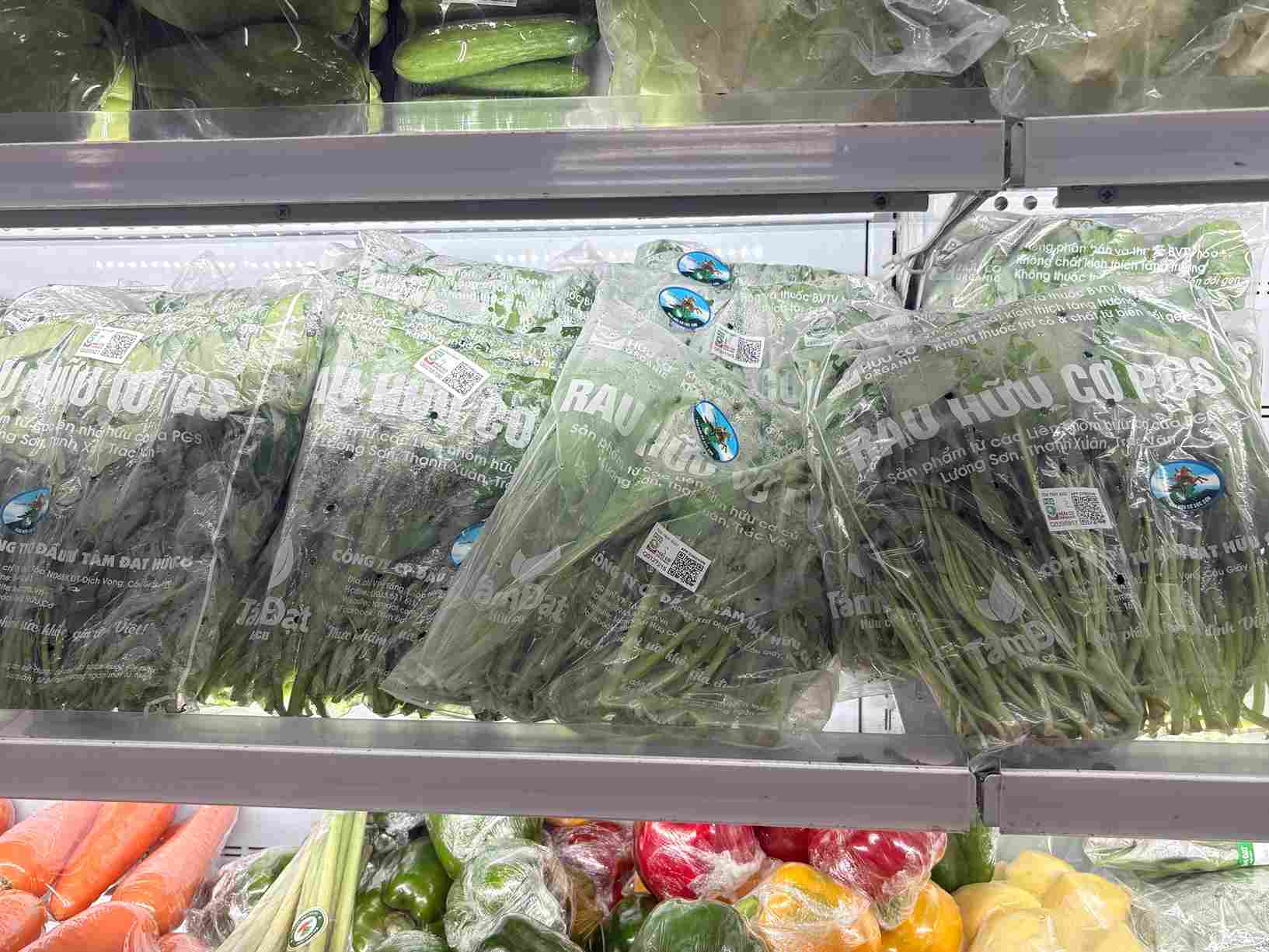
Sharing at the Workshop, Dr. Phan Thi Phuong Thao, Vietnam Academy of Agriculture, said that the food production industry in Vietnam in general and Hanoi in particular has many advantages in terms of market, labor, support policies from the Government and digital transformation.
However, the industry still faces many difficulties such as slow improvement in food quality and safety, unstability, high gaps compared to developed countries, high food safety violations, unsustainable production, while the market and consumers are constantly changing.
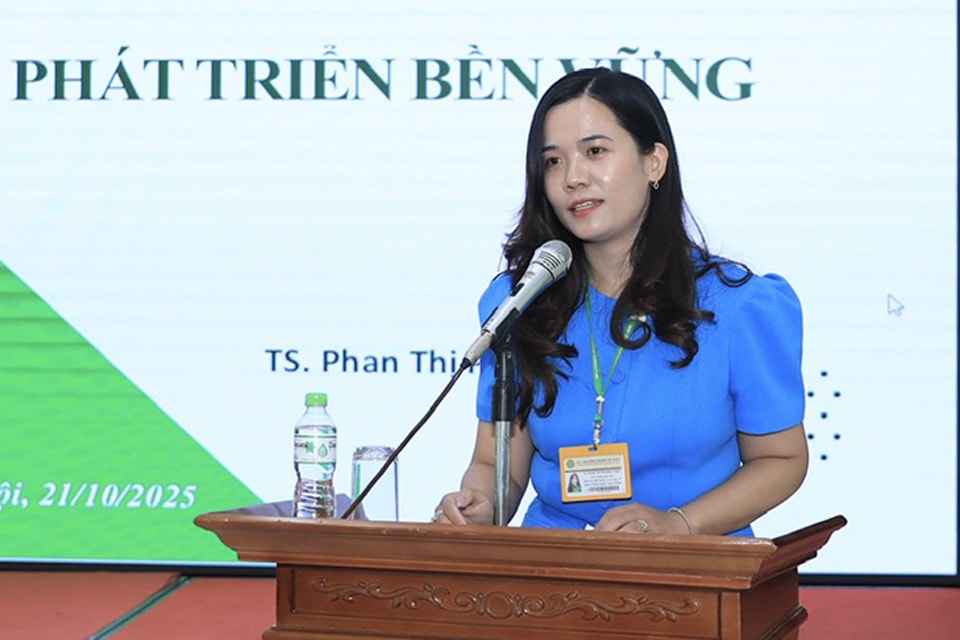
At the workshop, Deputy Director of the Hanoi Department of Agriculture and Environment Ta Van Tuong affirmed that chains are an inevitable and inseparable path in traceability. The Department of Agriculture and Environment will continue to collect opinions and build orientations for developing transparent and healthy food production, exploiting the city's potential to the fullest.

